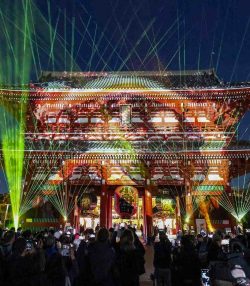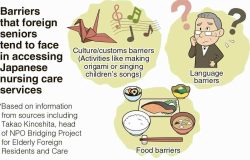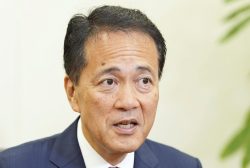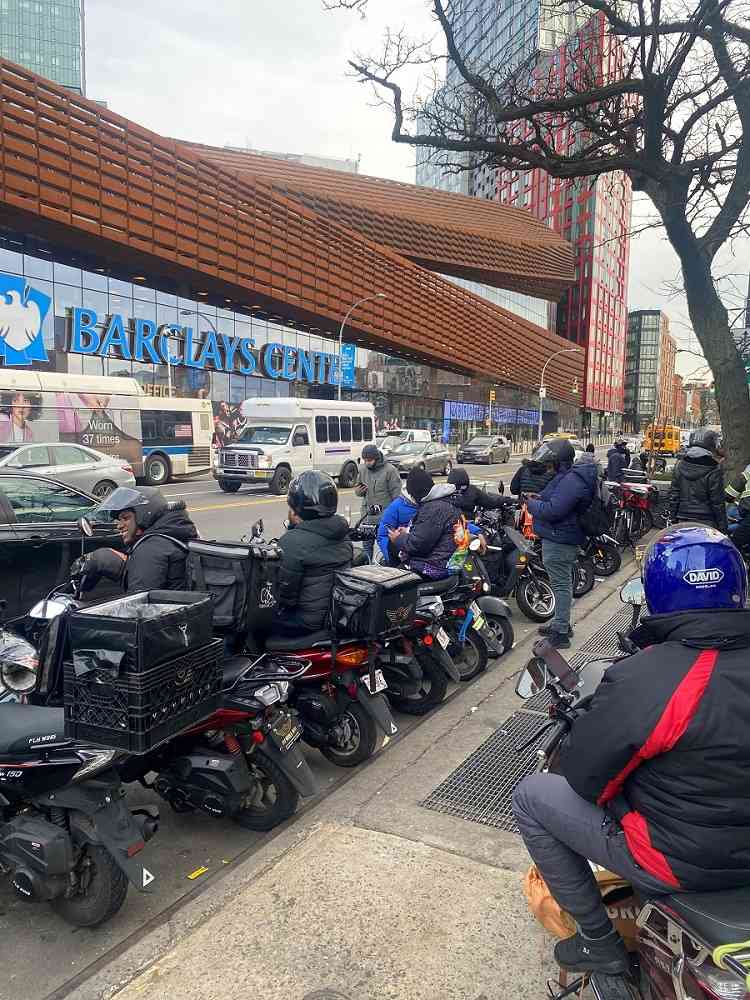
Food delivery workers are seen with their mopeds, scooters and e-bikes in New York.
8:00 JST, January 29, 2024
The following is an installment of the “Letter from New York” column by Jacob Margolies, The Yomiuri Shimbun’s General Counsel for America. Having practiced law for over three decades in New York, he explores a variety of topics — cultural, economic and political — in and around the Big Apple, and examines issues that the United States, Japan and the world at large are facing.
In the 1944 musical “On the Town,” three starry-eyed sailors visiting New York on shore leave sing about the wonders of urban transit: “New York, New York, a helluva town. The Bronx is up and the Battery’s down. The people ride in a hole in the groun’. New York, New York, it’s a helluva town!”

People still get around in holes in the ground using the city’s subway system. There are 472 stations and trains run 24 hours, 7 days a week. People also travel in private automobiles, buses and taxis. In recent years, more and more are moving from place to place using ride-share services, such as Uber and Lyft. An abundance of food deliverymen on electric bikes and mopeds is a relatively new addition to the thoroughfares, and city streets remain crowded with pedestrians.
Paying for the transportation infrastructure that gets people from Point A to Point B and determining how to address traffic congestion, pollution, climate change and safety are issues that will shape the future of the city.
Starting sometime in late spring of this year, New York is expected to follow the examples of London, Milan, Stockholm and Singapore, and become the first city in the United States to introduce congestion pricing that requires drivers to pay a steep fee for riding through the busiest area of the city.
In November, a review board made recommendations that the Metropolitan Transportation Authority (MTA), the governmental authority that operates mass transit in New York, is expected to approve in a final vote early this year. Under the plan, automobiles entering the southern half of Manhattan between 5 a.m. and 9 p.m. on weekdays and between 9 a.m. and 9 p.m. on weekends will be charged $15. Trucks, depending on their size, will pay $24 to $36.
About half the vehicles entering the central business district in New York are taxis and for-hire vehicles. They will be exempted from the toll but will pay a surcharge for each fare ride made in the congestion zone.
The plan, which has the imprimatur of New York State through legislation passed in 2019 and has received final approval from the federal government, still faces challenges. Opponents argue in legal filings that the plan will shift pollution and traffic into New Jersey and areas in New York that are outside the central business district congestion zone, and that more study of those effects is needed.
These court challenges mean delays are possible but, given the extensive review process that has taken place, the MTA says the congestion pricing plan is on schedule to take effect in May, perhaps with some final adjustments.
The beneficiary of the money raised when the plan goes into effect will be New York’s public transportation system. It is expected that the fees will raise over $1 billion annually.
The money is badly needed. The amount of outstanding long-term debt issued by the MTA increased from $11.4 billion in 2010 to $42.3 billion in 2023, and the financial maneuvers necessary to pay for the upkeep and operation of the city’s trains and buses have in recent years become increasingly desperate. The congestion pricing fees are projected to pay for bonds that will cover $15 billion of the MTA’s current capital spending program, according to the Office of the New York State Comptroller.
In addition to funding public transportation, there should be other salutary effects from congestion pricing. Traffic in the often-gridlocked streets will be reduced, air and noise pollution will decrease, and carbon emissions will be reduced. Currently, 900,000 vehicles enter the central business district covered by the pricing plan on weekdays and they travel on average only 11 kph. According to the MTA, when London, Milan, Stockholm and Singapore implemented congestion pricing, they saw traffic reductions of between 20% to 30%.
With congestion pricing yet to take effect, it is changes that have recently taken place that are causing headaches and consternation for many city residents as they traverse the city streets.
Since the start of the COVID-19 pandemic nearly four years ago, food deliverymen, they seem to be exclusively male, zipping about on electric bikes and gas-powered mopeds have become ubiquitous on major thoroughfares. There are about 65,000 food delivery workers in New York, many of them recent migrants. Most work as independent contractors for large delivery companies such as Uber Eats, DoorDash and Grubhub.
These couriers, known informally as deliveristas, are guaranteed a minimum wage of about $18 per hour under a law that went into effect in late 2023, but they still depend on tips for each delivery. The drivers and their vehicles are not licensed, and many flout traffic regulations — driving through red lights, against traffic and sometimes riding on sidewalks. Having to dodge scooters and e-bikes has become an unpleasant feature of daily life for pedestrians in many parts of the city.
Many e-bikes have lithium-ion batteries that do not meet current safety certification standards set by national testing laboratories. In 2023, there were over 250 fires and 18 deaths in New York City caused by fires that were started by charging electric bikes.
At a November press conference after a fire killed three people and injured 14 others, Fire Department Commissioner Laura Kavanaugh said, “There is blood on the hands of this private industry,” as she criticized Amazon and Walmart for selling e-bike batteries that are not safety certified and food delivery companies for failing to protect couriers who depend on e-bikes for their livelihood.
In December, a bill was introduced in the New York City Council, supported by 33 of the council’s 51 members, that would require license plates and registration for e-bikes, scooters and other motorized vehicles. Robert Holden, the main sponsor of the legislation, says the bill would be a way to crack down on dangerous driving.
The proposed law has been opposed by advocates for bike riders who say that it would result in fewer people riding e-bikes and put more cars on the road. They correctly point out that cars are involved in far more frequent and serious accidents than scooters and electric bikes. Some also claim that the licensing requirement will provide a pretext for police to aggressively target low-wage delivery workers, who are predominantly immigrants.
Another bill under consideration that has less support would require that third-party delivery services provide workers with e-bikes that comply with safety standards at no expense to the worker.
Whatever the exact date and specifics of the congestion pricing plan’s implementation, and however arguments about proposed regulation of mopeds and electric bikes are resolved, the ways we decide to use and share our common space will be debated and fiercely contested. What does seem likely is that 2024 will be the most important year of the 21st century for New Yorkers in determining how we travel to and from, aboveground and below, as we move around the city.
"JN Specialities" POPULAR ARTICLE
-
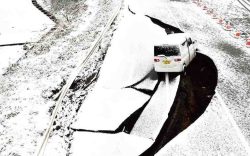
The Japan News / Weekly Edition (12/12-12/18)
-

English-language Kabuki, Kyogen Entertain Audiences in Tokyo; Portland State University Professor Emeritus, Graduates Perform
-
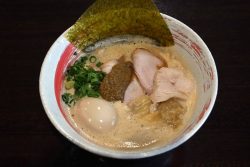
Noodle Dining Shunsai / Rich Oyster Ramen to Savor at Odasaga; Experienced 68-year-old Owner Creates Numerous Ramen Varieties
-

The Japan News / Weekly Edition (12/5-12/11)
-

People Keep Loved Ones’ Ashes Close in Special Jewelry, Small Urns as Unique Way to Memorialize Them
JN ACCESS RANKING
-

Keidanren Chairman Yoshinobu Tsutsui Visits Kashiwazaki-Kariwa Nuclear Power Plant; Inspects New Emergency Safety System
-

Imports of Rare Earths from China Facing Delays, May Be Caused by Deterioration of Japan-China Relations
-

Tokyo Economic Security Forum to Hold Inaugural Meeting Amid Tense Global Environment
-

University of Tokyo Professor Discusses Japanese Economic Security in Interview Ahead of Forum
-

Japan Pulls out of Vietnam Nuclear Project, Complicating Hanoi’s Power Plans


